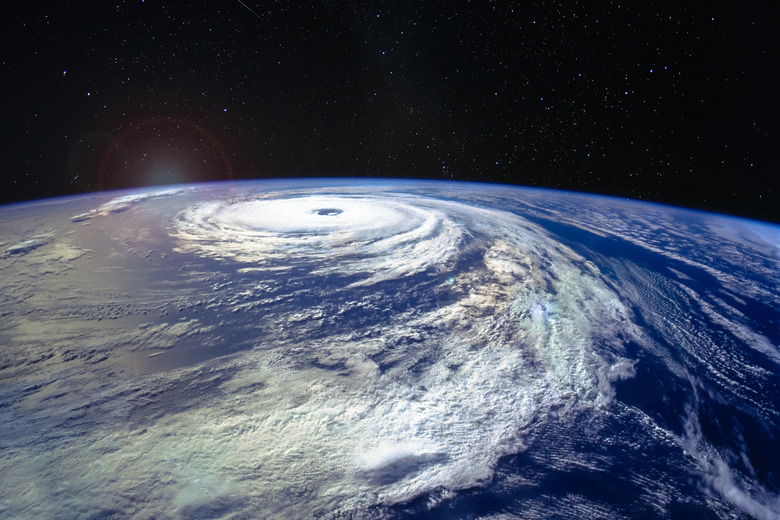What's The Difference Between A Hurricane And A Typhoon?
Each year, an estimated 160 million individuals around the globe are affected by natural disasters. Natural disasters, according to the U.S. Department of Homeland Security, are variations of severe weather that can potentially pose a threat to human health, safety, property and homeland security. Tsunamis, tornadoes, hurricanes and typhoons are weather phenomena responsible for devastating the lives of millions from the U.S. to Japan to Chile. And their aftermath often finds a way to seal itself in a country's history. Geographical characteristics play a major role in distinguishing tsunamis, tornadoes, hurricanes and typhoons from one another, but there's more than meets the eye when it comes to these storms.
The Scariest Airport Runways in the World
Understanding the difference between tornadoes, tsunamis, hurricanes and typhoons begins with identifying their defining characteristics. A tornado is a rapidly rotating funnel of air that begins at the base of a severe thunderstorm and extends to the ground. Tornadoes are typically caused by supercell thunderstorms. Supercell thunderstorms, unlike regular storms, have a mesocyclone, or a vortex of rotating air, at their center. As the air rising from the thunderstorm is pushed by winds moving in different directions at different speeds, it begins to spin. If air near the ground is also spinning at a high speed, it will move horizontally across the land. The force of the rising air can tilt the air on the ground vertically, and a tornado is formed. Tornadoes are made up of water droplets and collect dust and debris to become the visible tunnel commonly seen in photos. According to the National Severe Storms Laboratory, the U.S. experiences more than 1,000 tornadoes a year with Texas and Kansas experiencing the highest number. Typhoons, hurricanes and tornadoes are all caused by violent, rotating winds, but the biggest difference between the three is that tornadoes form on dry land. Unlike tornadoes, tsunamis, hurricanes and typhoons need a large body of water to make an impact.
Typhoons and hurricanes are cyclones that form over warm, tropical oceans, according to the National Hurricane Center. Warm air over the water rises and is replaced by cooler air, which warms as it begins to rise. Storm clouds form and begin to rotate. There is only one key difference between hurricanes and typhoons: their location. Storms in the North Atlantic and central and eastern North Pacific are called hurricanes. Storms in the Northwest Pacific north are called typhoons. Typhoons have stronger winds than hurricanes, but that doesn't mean hurricanes are less impactful. Hurricane winds can exceed 70 miles per hour.
Tsunamis differ the most when compared to tornadoes, typhoons and hurricanes. Unlike the former storms, tsunamis are caused by natural occurrences underwater. Earthquakes or volcanic eruptions under the sea cause giant waves that rush toward land. As the depth of the ocean decreases, the height of the waves increases, according to the National Ocean Service. Tsunamis are most common in the Pacific Ocean and, in deep waters, waves travel as fast as jet planes.
Tornadoes, tsunamis, typhoons and hurricanes may differ in definition, but they do have one thing in common: They are natural disasters that can impact anyone and anything in their path. While these storms can't be prevented, there are safety precautions that can be taken to guarantee you and your loved ones are safe.
